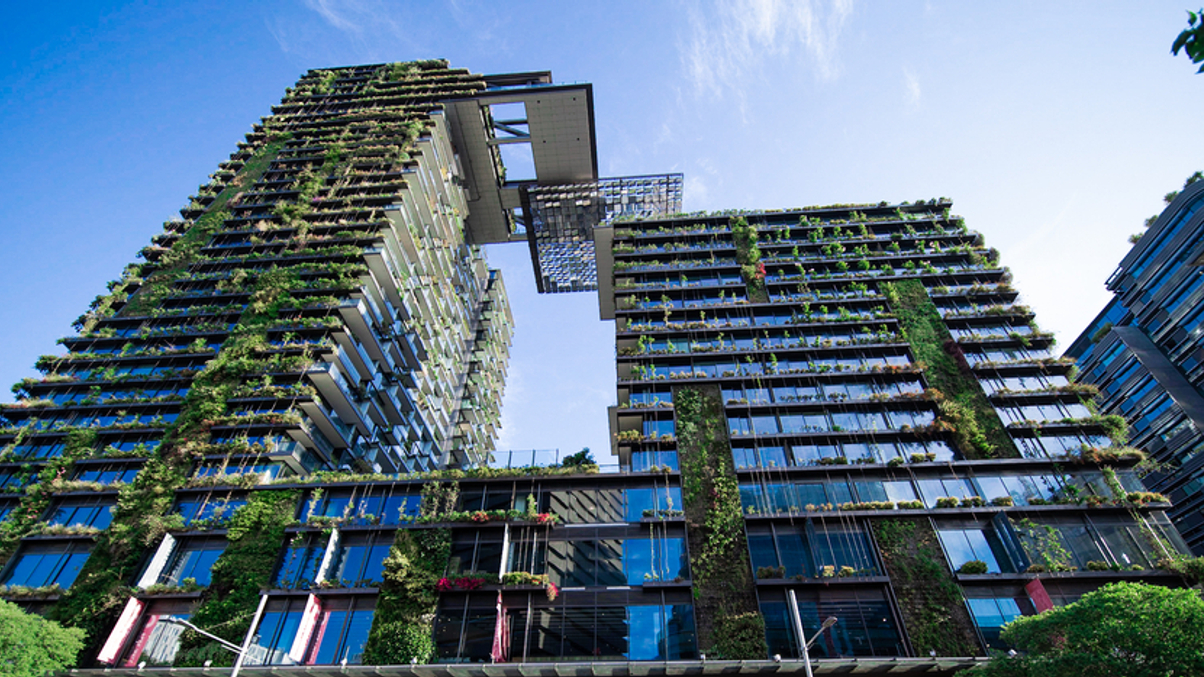Are institutional flows to Asia property showing signs of revival?
The only sector to register investor inflows in Q2 could be signalling a turnaround in Asia’s beleaguered property market.

Institutional investor allocations into Asia’s apartment sector, rose 16% in the quarter ended June 30, to $3.6 billion, up from $3.1 billion on year earlier, according to the latest data published by MSCI Real Assets (formerly Real Capital Analytics) on August 2.
Sign In to Your Account
Access Exclusive AsianInvestor Content!
Please sign in to your subscription to unlock full access to our premium AI resources.
Free Registration & 7-Day Trial
Register now to enjoy a 7-day free trial—no registration fees required. Click the link to get started.
Note: This free trial is a one-time offer.
¬ Haymarket Media Limited. All rights reserved.


